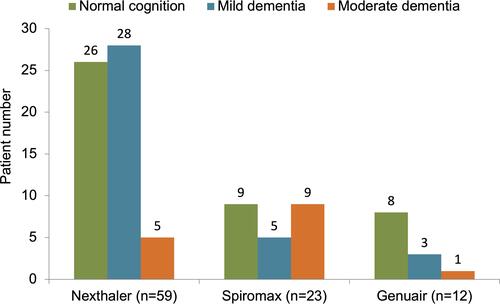Figures & data
Table 1 Test Results from the Geriatric Assessment of Visual Acuity, Hand Force, Finger Force, and Fine Motor Skills
Figure 1 Importance of inhaler attributes from the perspective of geriatric patients (N=106). Proportion of patients (%) who gave the respective rating.
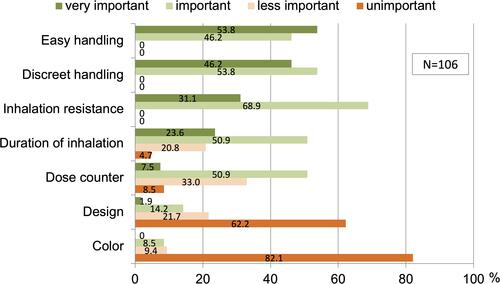
Figure 2 Number of attempts (mean) that patients needed until the inhaler device was used correctly. The dotted line shows the mean of attempts to error-free use across all 9 devices (2.47). *Nexthaler vs other devices p<0.001.
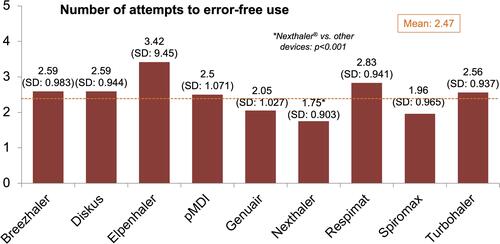
Figure 3 Average number of attempts until the inhaler was used correctly by the patients (N=106) depending on the position within the randomization sequence for device demonstration and testing (A) across all devices, (B) for the Nexthaler. The dotted line shows the mean of attempts to error-free use across all 9 devices (2.47).
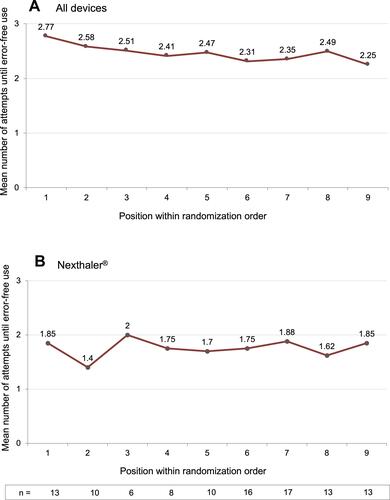
Figure 4 Positive preference: device that patients (N=106) would choose from amongst the 9 featured inhalers. Proportion of patients (%) who reported a positive preference for the respective device. Each patient was allowed to name only one device preference.
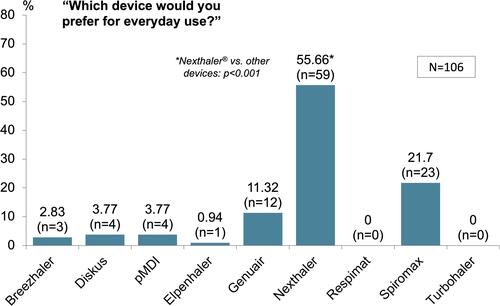
Figure 5 Negative preference: device that patients (N=106) would least prefer among the 9 inhalers presented. Percentage of patients (%) who reported a negative preference for the respective device. Each patient was allowed to name only one negative preference. * Elpenhaler vs other devices: p<0.001.

Figure 6 Device-related handling characteristics, assessed by the geriatric patients using “school grades” from 1 to 5. Like the design = I like the design of the device. Easy to learn = It was easy to learn how to use the device. Easy to prepare = It was easy to prepare the device. Comfortable in hand = The device is comfortable when held in my hand. Comfortable mouthpiece = The mouthpiece was comfortable when using the device. Easy to use = It was easy to use the device. Correct use = I felt that I had used the device correctly. Easy in emergency situations = I think it is possible to use the device easily and correctly in emergency situations. *Nexthaler vs other devices p<0.001.
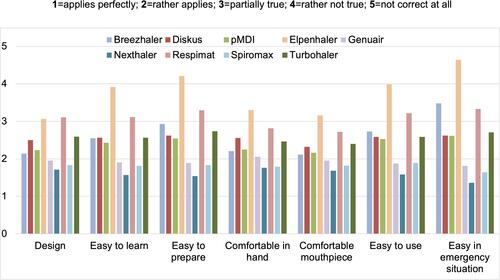
Figure 7 Dependency of positive preference on cognitive status: Comparison of the 3 inhalation devices that performed best, grouped in terms of cognitive status as assessed by MMSE. Spiromax was more frequently mentioned as the preferred device for moderate dementia, Nexthaler more often for mild dementia and Genuair for normal cognition (p=0.004 for the difference in distribution). The dotted lines show the percentage of patients from the entire population (N=106) who were documented in the respective dementia category. Normal cognition = MMSE score of 27; mild dementia = MMSE score of 20–26; moderate dementia = MMSE score of 10–19 points.
